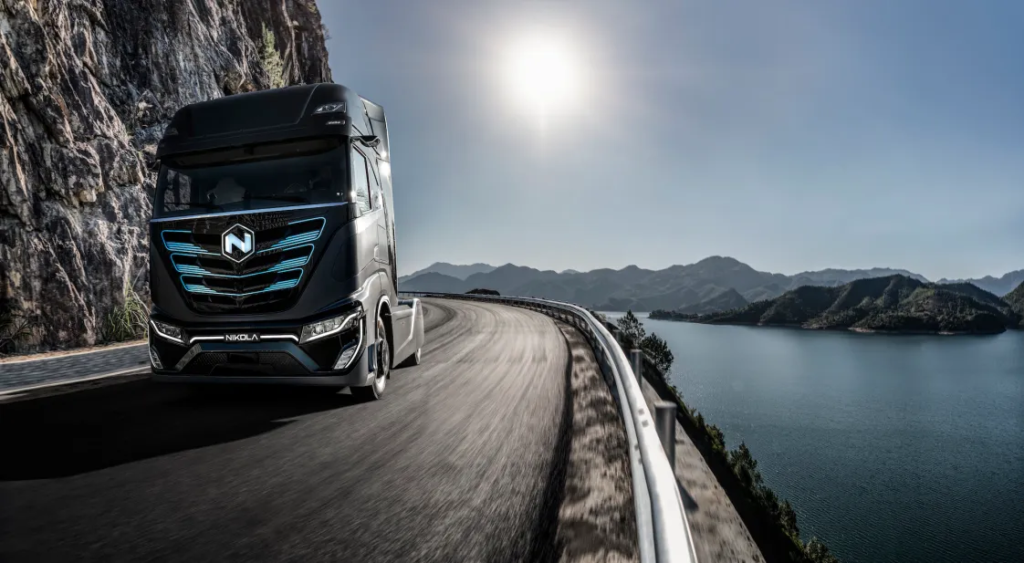What started as a smooth court hearing on Friday regarding the sale of Nikola Corporation’s key assets to Lucid Motors took a sharp turn toward controversy — all thanks to a late intervention by a familiar figure from Nikola’s past.
The hearing, conducted via Zoom and overseen by Delaware bankruptcy judge Thomas Horan, had been progressing without a hitch. No formal objections had been filed, and Judge Horan gave his verbal approval for the sale without hesitation. That is, until a new voice broke the calm.
A lawyer, representing ISSO LLC — a firm tied to Trevor Milton, Nikola’s embattled founder — spoke up. His client had “concerns” about the auction process, the attorney said, though he clarified they could be addressed later. He emphasized, however, that he didn’t want his client’s current silence to be used against them in future legal proceedings.
This seemingly minor comment cast a long shadow over what should have been a straightforward conclusion. Trevor Milton, recently spared a prison term by a pardon from former President Donald Trump, appears far from finished with Nikola.
Milton’s Ongoing Influence and Legal Entanglements
Trevor Milton has a complicated history with Nikola. After resigning amid fraud allegations, he faced multiple lawsuits and an arbitration award ordering him to pay $168 million to Nikola — a sum that plays a critical role in the company’s ongoing Chapter 11 bankruptcy.
Before filing for bankruptcy, Nikola agreed to settle a class-action lawsuit from shareholders who had accused Milton of making false and misleading statements. That settlement hinged on distributing any proceeds from the arbitration award to affected shareholders.
Milton’s legal maneuvering during the bankruptcy process has not gone unnoticed. His representatives’ attempts to contest the sale or delay proceedings suggest he may be angling to undermine the company’s efforts to stabilize and move forward — potentially impacting that $168 million award.
What Lucid Motors Is Gaining — and What Nikola Still Holds
Despite the courtroom drama, the sale to Lucid Motors was officially approved. Lucid acquired:
- Nikola’s Coolidge, Arizona factory
- The Phoenix headquarters lease
- Key manufacturing equipment
- Around 300 Nikola employees who will join Lucid’s workforce
However, Nikola is not completely out of the asset business. It retains its inventory of hydrogen-powered trucks and various other equipment, leaving the door open for additional sales to generate much-needed funds.
Nikola’s Legal Team Pushes Back Against Milton

Nikola’s attorney, Joshua Morris, made it clear during the hearing that Milton’s last-minute objections were not only expected but also unwelcome.
“This is a pattern of behavior that we’ve seen over and over,” Morris said, referencing Milton’s history of disruptive tactics.
Morris argued that Milton’s actions appeared to be an effort to sabotage Nikola’s recovery, speculating that Milton might be trying to force a desperation-driven settlement that would devalue the arbitration award he owes.
“We believe these are baseless assertions. When asked for any evidence or specificity, none was provided,” Morris stated. “We ran the sale process openly and involved all parties.”
Ultimately, the hearing concluded without any formal delays, though the unresolved tension between Milton and his former company leaves open the possibility of future legal battles.
A spokesperson for Milton did not immediately respond to requests for comment.
What This Means for Nikola’s Future
The approval of the asset sale to Lucid Motors is a critical milestone for Nikola as it seeks to navigate bankruptcy proceedings and chart a path forward. However, Trevor Milton’s lingering influence and legal maneuvers could continue to complicate efforts to fully stabilize the company.
As Nikola pushes forward, the focus will likely remain on:
- Successfully liquidating remaining assets
- Upholding the shareholder settlement linked to Milton’s arbitration award
- Minimizing disruption from ongoing legal threats
Lucid Motors, meanwhile, gains valuable infrastructure and talent to bolster its own ambitions in the competitive EV market.







